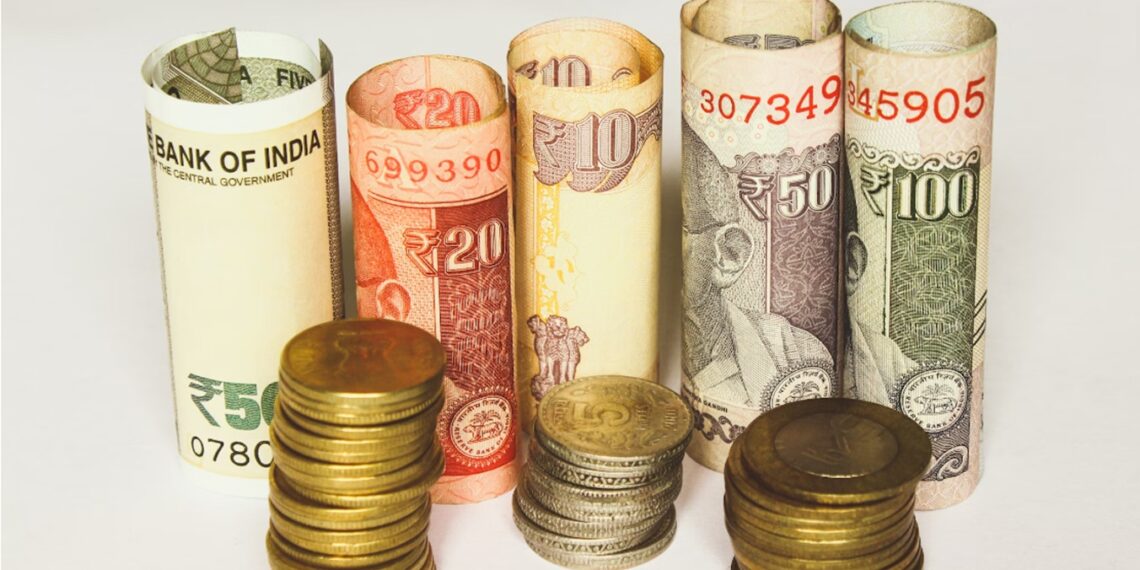In a turbulent day of currency trading, the Indian rupee closed at an all-time weakest level against the US dollar on Monday, marking a decline of 8 paise and finishing at Rs 83.35.
The day began with an opening rate of Rs 83.27 and closed at the same level on Friday, as reported by an international news agency.
Financial analysts at Geojit Financial Services noted the rupee’s persistence in the challenging range of Rs 83.3 to Rs 83.00.
They indicated that if the resistance at Rs 83.30 continues, the pair could slip to Rs 83.19.
On the other hand, a push above Rs 83.3 might lead to levels of Rs 83.4 initially, followed by Rs 83.65.
Despite a recent dip in US Treasury yields and weaker-than-expected economic data in the United States, the rupee’s potential to benefit remains limited.
A poll of 42 foreign exchange analysts conducted between November 3-7 by a news agency predicted the rupee would hover around its present level of 83.25/$ in a month and 83.00/$ in three months.
Notably, over 30% of strategists, 13 out of 42, anticipate the rupee touching a new low by the end of January.
With major central banks likely concluding their policy tightening cycles, analysts suggest that the US dollar’s robust performance over the past few years may be waning, alleviating pressure on the Reserve Bank of India (RBI) to intervene in currency markets.
RBI Governor Shaktikanta Das, last month, defended the regular use of the country’s $586 billion in foreign exchange reserves, highlighting its necessity to prevent excessive volatility.
The central bank has reportedly sold about $23 billion in the last four months.
In response to an additional question, a significant majority of strategists, 16 out of 23, predicted a decrease in RBI intervention over the coming year, signalling potential shifts in currency market dynamics.
The remaining strategists, however, believed that intervention would increase.















